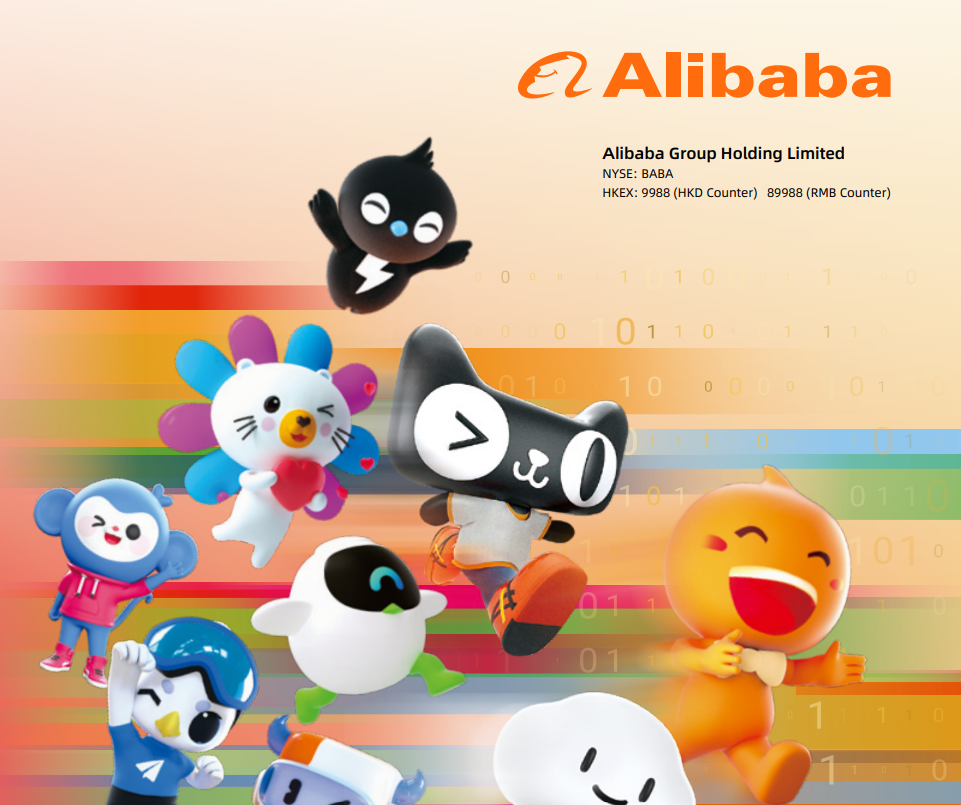
After a strong performance this quarter, Alibaba's recent stock price has been reaching new highs. What are the main driving factors behind this?
Firstly, the past quarter's performance was impressive: 1) The core domestic e-commerce business saw a CMR year-on-year growth of 10.1%, maintaining double-digit growth. 2) Although the loss from the food delivery business was approximately 11 billion, which is not small in absolute terms, it is relatively better compared to JD.com and Meituan at the same scale. The conference call was optimistic about the trend of UE improvement. 3) Cloud business revenue growth exceeded expectations, accelerating to 26%, with guidance indicating continued growth, suggesting a huge potential for domestic cloud business driven by AI.
Of course, these factors have been largely reflected in Alibaba's more than 10% single-day gain after the earnings report. The continued rise in Alibaba's stock price in recent days is more driven by the following events:
1) The main factor is the continuous surge in AI sentiment both domestically and internationally. Overseas, companies like AVGO, NBIS, and Oracle have announced subsequent earnings guidance far exceeding market expectations, implying a huge and yet-to-be-fully-released demand for chips and cloud computing driven by AI applications and inference needs. This has led to a significant rise in the entire AI industry chain in the US stock market, with market sentiment becoming extremely optimistic.
2) In this sentiment, Alibaba, as the largest and best cloud computing provider in China, is the best reflection of the US stock logic domestically. Recently, there has been a continuous stream of positive news.
For example, core talents from overseas OpenAI have been hired back to China by Alibaba and Tencent.
Additionally, there are reports that Alibaba and Baidu have started using self-developed chips for AI inference and training, reducing the risk of being constrained by chip supply and helping to optimize computing power costs. Besides cloud computing, this also gives Alibaba a reflection of the overseas shift from GPU to ASIC chips.
Recently, Alibaba also announced the latest Qwen large model, Qwen3-Next technical architecture, with a total of 80B (80 billion) parameters, activating only 3B (3 billion) parameters in the MoE model during inference. It uses fewer parameters but achieves performance close to the previous Qwen-32B model. The training cost is only about 1/10 of the previous generation, with throughput for long texts over 32K increasing by about 10 times. Stronger performance, lower cost.
3) These recent positive news have undoubtedly significantly stimulated the market's optimistic attitude towards Alibaba Cloud, which is the main reason for the recent rise. According to our previous calculations, excluding Alibaba Cloud, the price of Alibaba Group's other businesses + Ant + Alibaba Health equity price + net cash is approximately $110 per share. The elasticity mainly depends on the valuation of Alibaba Cloud, currently priced at about $40 per share based on Alibaba Cloud's approximately 140 billion revenue * 5x PS.
This means that every 10% increase in Alibaba Cloud's revenue or valuation would bring an additional $4 in stock price space. For example, if Alibaba Cloud's revenue expectation is raised by 20%, and the valuation is increased from 5x PS to 8x, then reaching $190 or higher is possible.
For more detailed content, you can refer to Dolphin Research's commentary on Alibaba's past quarter's performance: https://longportapp.cn/zh-CN/topics/33488217, and the conference call minutes: https://longportapp.cn/zh-CN/topics/33490060
$Alibaba(BABA.US)
The copyright of this article belongs to the original author/organization.
The views expressed herein are solely those of the author and do not reflect the stance of the platform. The content is intended for investment reference purposes only and shall not be considered as investment advice. Please contact us if you have any questions or suggestions regarding the content services provided by the platform.


